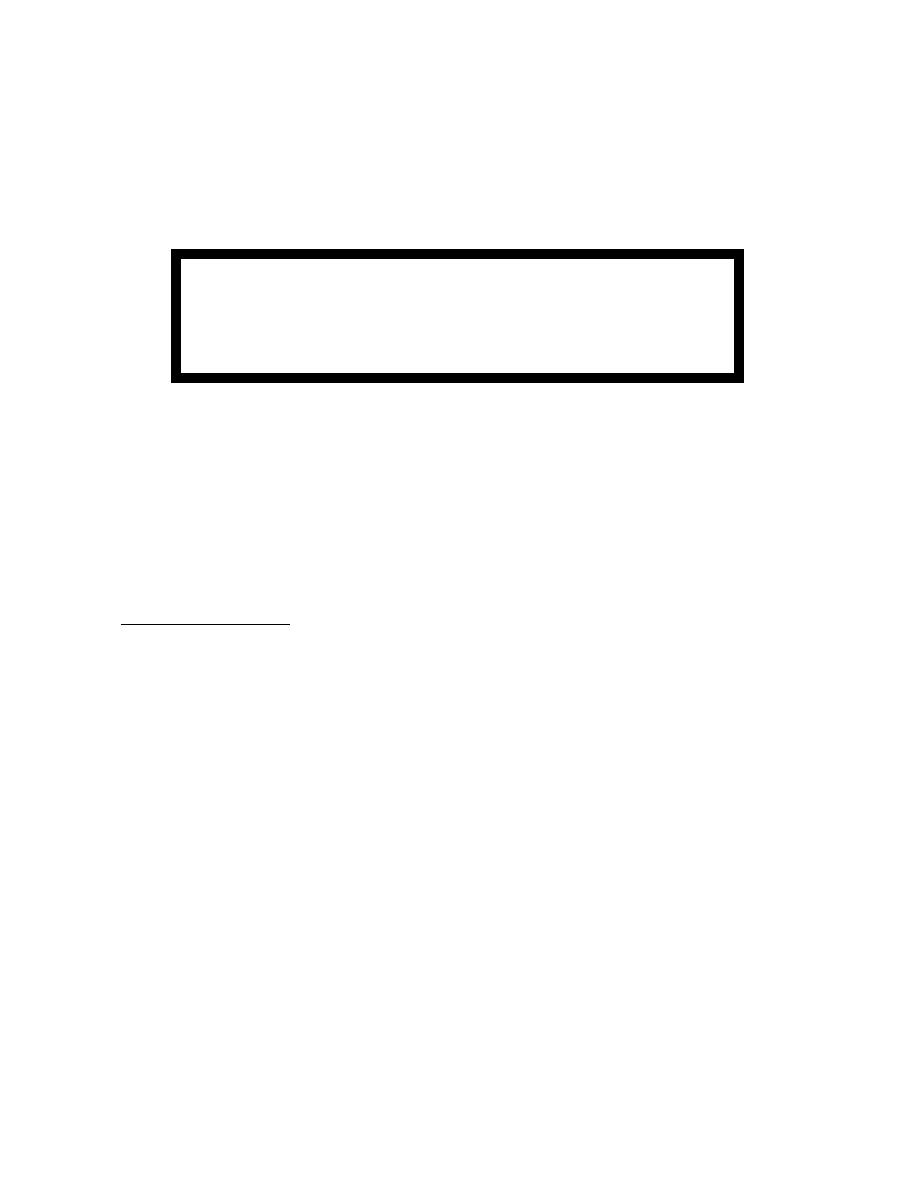
(7) All parts suspected of structural failure.
f. Additional Pictures Maybe Needed.
You, the photographer, are not
expected to be an expert in investigation techniques.
In order to ensure
you obtain the detailed pictures not covered by the foregoing list, contact
the on-site investigator and confer on what additional pictures may be
needed.
WARNING
Never move any parts of the wreckage until told to do
so by the investigator.
(1) After initial on site photography some of the small important
pieces of evidence should be rephotographed in the laboratory under
controlled conditions.
There you will be able to produce clear and well-
defined images. When possible, include an undamaged like item in the same
picture so that damage and failure is readily apparent.
(2) The final step you must take is to write detailed captions for
each picture identifying the part, its location and position when
photographed, date and time, plus any details that may help the
investigator.
2.
Vehicle Accidents.
a. Pictures May Become Court Evidence.
Unlike aircraft accident
photography, vehicle accident photography may be used in court to settle
disputes concerning fault and damages. Your photographs can reveal if the
accident was caused by carelessness of the operator or defective mechanisms.
b. Picture Details Needed.
Equipment needed to document vehicle
accidents is the same as that for aircraft accidents, and is used in the
same fashion. At a minimum you should obtain coverage of the following:
(1) General views.
These should show the accident site from all
angles showing traffic signs and visual obstructions such as shrubbery,
parked vehicles, buildings, and existing weather conditions like rain, fog,
or snow.
Take these pictures from the angle of approach of all vehicles
involved in the accident.
3-4
SS0516



 Previous Page
Previous Page
